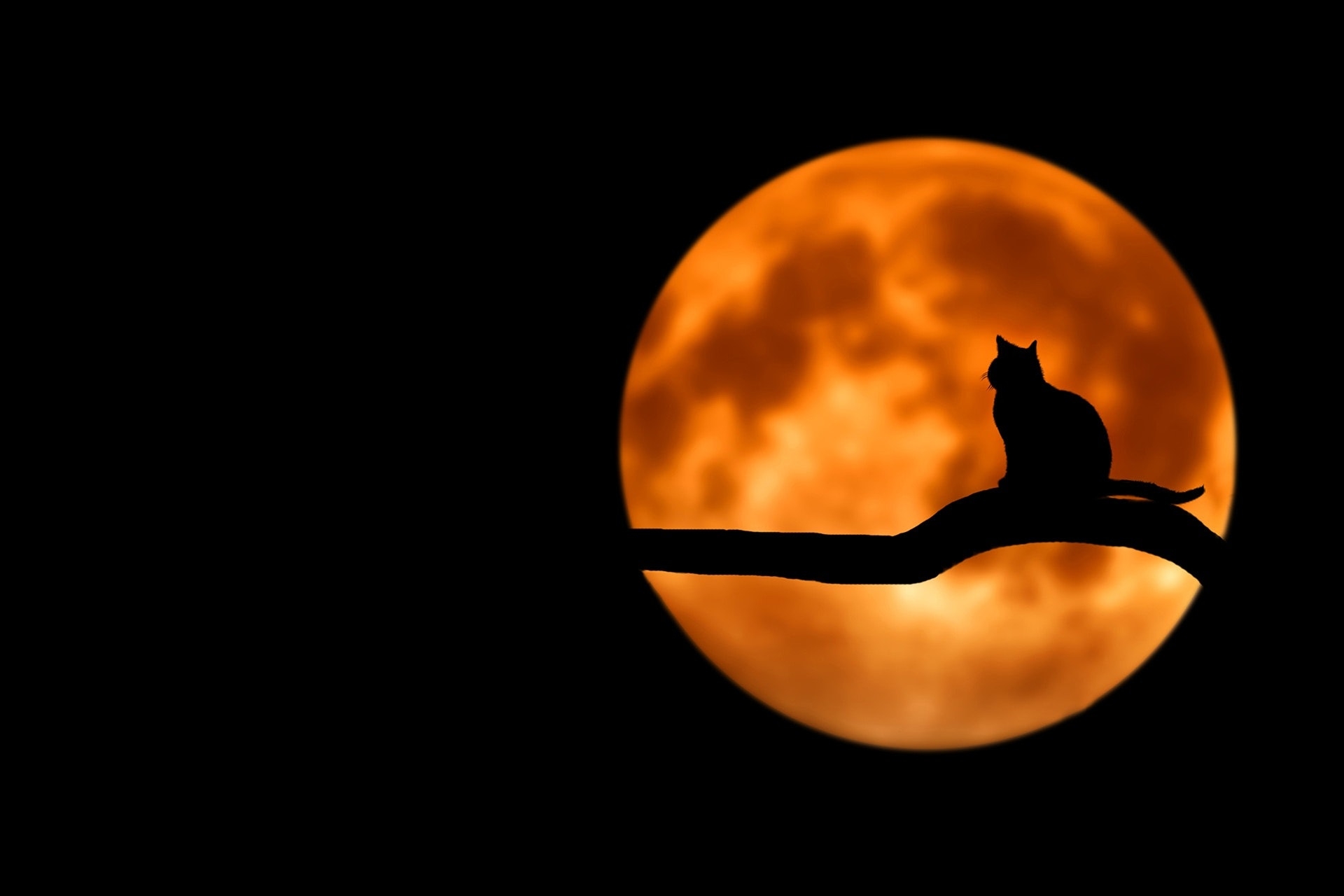Ghouls and ghosts that go bump in the night. Wailing witches flying by the eerie light of the moon. Monstrous mummies emerging from the mist. One thing’s for sure, spooky settings and characters can spark a host of brilliantly creative story ideas. With that in mind, here are some top tips to help kids (witch)craft their own terrifying tales. And remember, spooky stories are for life, not just Hallowe’en - some of these tips and techniques can be applied to all kinds of stories, and terrifying tales are fun and thrilling to read and write all through the year!
1. Eerie atmosphere
While a spooky story might feature anything from creepy castles, to wood-dwelling werewolves, to vicious vampires, to wild witches, if there’s one thing that unites them, it’s a certain kind of atmosphere. But what does that mean? In the context of writing stories, atmosphere means making readers feel like they’re inside your story world, as if they’re right there with the characters, experiencing the story alongside them. If the character feels thrilled, frightened, brave or tense (for example), the reader should feel the same way. If the setting is supposed to feel creepy or eerie, (and so on), readers need to see it, and feel it too.
So, how do you do that in your writing? How do you create atmosphere? You use strong descriptive language, that’s how. You use all the senses to set the scene. For example, if you’re writing about a creepy cave, write about how it might feel to be in the cave - is it damp, cold, grimy, or wet? Does it smell musty? Can the character feel bats brushing their ears, or spiders scuttling at their feet? Talking of witch which, if you’re writing about how scared your character feels, think about how they speak and move - do they tremble or shake? Does their voice quiver? Do they creep rather than stride? Does their pulse quicken? Does their mouth feel dry? In short, to create an eerie atmosphere, you need to get smart with your language and conjure scenes that paint a living, breathing scene for your readers to experience (even if your story isn’t about living, breathing things…).
2. Spooky starters
As we covered in a recent Get Creative article, story titles and opening lines are great springboards for story ideas. As for how to use them, simply ask questions about a title or opening line and, hey presto! - a spooky story will start to take shape before your very eyes, much like a mummy emerging from the mist, or a werewolf materialising from the deep, dark, woods.
Here are some story titles to spark spooky stories:
- The Day the Dogs Stopped Barking
- The Witch, the Wolf and the Wild Winds of Whooshington
- The Ghost of Gracklewood House
- School for Skeletons
And here are some opening lines:
- “Welcome to the Theatre of Unfinished Business!” announced Madame Noir with a swish of her emerald cape. “An evening of awfully marvellous entertainment awaits.” At these words, a trapdoor opened and…
- “I’ve been expecting you,” croaked a voice from beyond the cottage door. “It’s time for you to venture into the Forest of Frozen Faces.”
- A pair of eyes glinted through the darkness – one yellow, the other electric blue. Trembling, Billy stopped in his tracks.
3. Do the Monster Mix and Match
Select one item from each of the following categories and use them to create a scary story.
Pick a scary setting or scenario
Creepy castle
Tangled forest
The town is about to be taken over by…
Pick a creepy character
Witch on wheels
Moaning mummy
Growling ghosts
Pick a heroine or hero to fix things
Tallulah Truth, a 10-year-old detective
Jasper Jeffers, an 8-year-old magician
Dr Josephine Jolie, a super-smart scientist
Made your choices? On your marks…get set…go write that spook-tacular story! And to read some seriously spooky books, head here.
Joanne Owen is a writer and publishing professional with over twenty years’ experience of the book industry, and the author of a how-to children’s guide to creative writing, You Can Write Awesome Stories. Alongside writing and reviewing books, she hosts writing workshops and is an Editorial Expert for LoveReading.



Comments (0)
Leave A Reply
You must be logged in to post a comment.